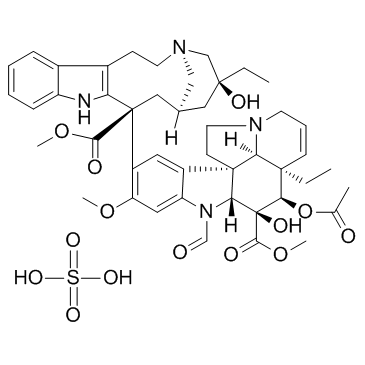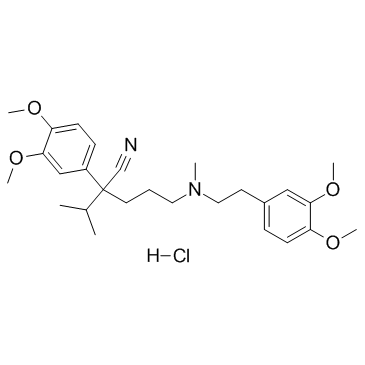| Structure | Name/CAS No. | Articles |
|---|---|---|
 |
Vincristine Sulfate
CAS:2068-78-2 |
|
 |
cinnarizine
CAS:298-57-7 |
|
 |
Quinine
CAS:130-95-0 |
|
 |
Verapamil HCl
CAS:152-11-4 |